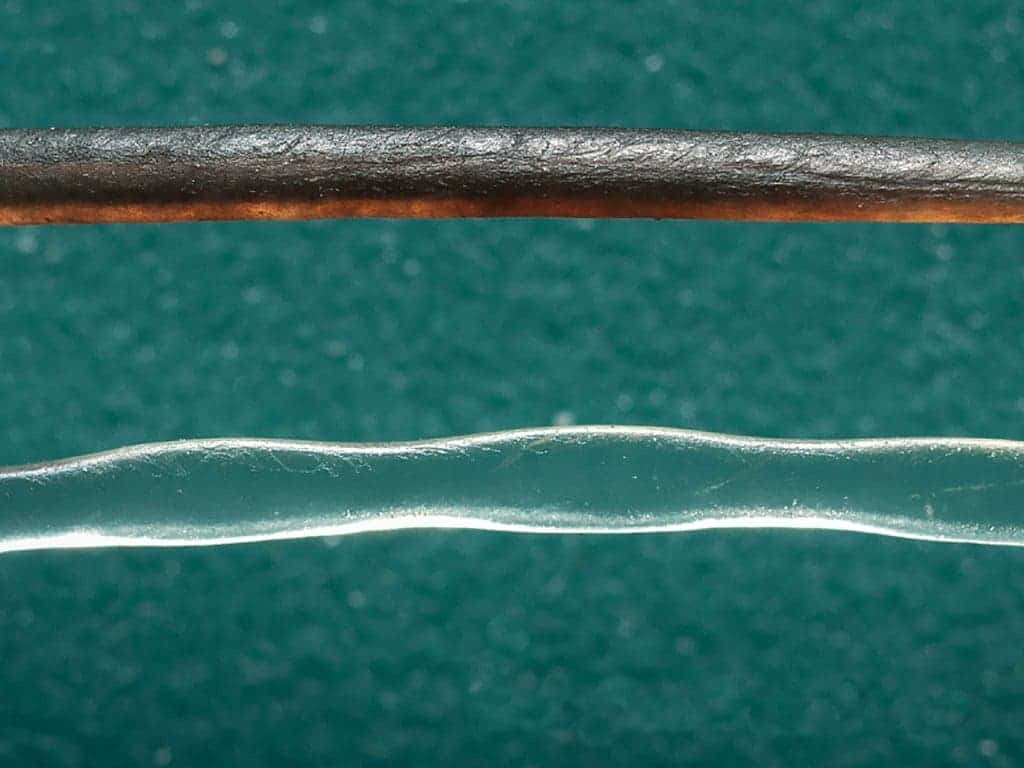Harbor seals and most likely all pinnipeds rely on their whiskers to track prey even in the murkiest waters. Now, a new research has revealed the secret to the seal’s formidable sensitive whiskers: it’s their wavy shape.
Not your typical mustache

There are many mechanisms to detect prey or avoid predators in low visibility waters. Dolphins use echolocation – a sort of internal sonar – to track prey by measuring how long it takes for an echo to bounce back. Other fish use a lateral line system that helps them detect the movement of prey in dark water. The seal only has its whiskers, but as we shall learn, they’re fatally effective.
In 2001, German zoologists conducted a series of experiments to see how harbor seals detect the hydrodynamic trail fish leave in their wake using only their whiskers.
The researchers trained two harbor seals, Henry and Nick, to search for a trail left by a miniature submarine. Even blindfolded, the seals found the trail and tracked it to the submarine around 80 percent of the time. When their whiskers were covered, however, they never found the miniature sub.
“As fish trails are much more stable and last for a longer time [than the trail left by the sub] we calculated that it should be possible for a seal to locate a herring by hydrodynamic trail-following that is about 180 meters (600 feet) away,” says Guido Dehnhardt, a zoologist from the University of Bochum, Germany. “This assumption is extrapolated from what we know about trails of small gold fish and has to be tested experimentally now.”

Blindfolded harbor seals are able to use their uniquely shaped whiskers to track vortex wakes left by moving animals and objects that passed by up to 30 seconds earlier. Moreover, they can also determine the shape of the body which left the ripples – all using their whiskers! This is no ordinary one, though. A cat whisker would only flap around violently, but as a computer model showed, the ellipse-shaped cross-section of the seal’s whisker stays still even when the animals travel at top speed. When a second object was added to the virtual water tank, only then did the whiskers wiggle slightly and vibrated in sync with swirls of the watershed by the fake prey.
The researchers write in their paper:
“|We show that whereas in open water the whisker geometry results in very low vibration, once it enters a wake it oscillates with large amplitude and, remarkably, its response frequency coincides with the Strouhal frequency of the upstream cylinder, thus making the detection of an upstream wake as well as an estimation of the size and shape of the wake-generating body possible. An energy flow extraction mechanism causes the large amplitude whisker oscillations to lock in to the frequency of the oncoming wake, characterized by a slaloming motion among the oncoming wake vortices. This passive mechanism has some similarities with the flow mechanisms observed in actively controlled propulsive foils within upstream wakes and trout swimming behind bluff cylinders in a stream, but also differences due to the remarkable whisker morphology which causes it to operate passively and within a much wider parametric range.”


